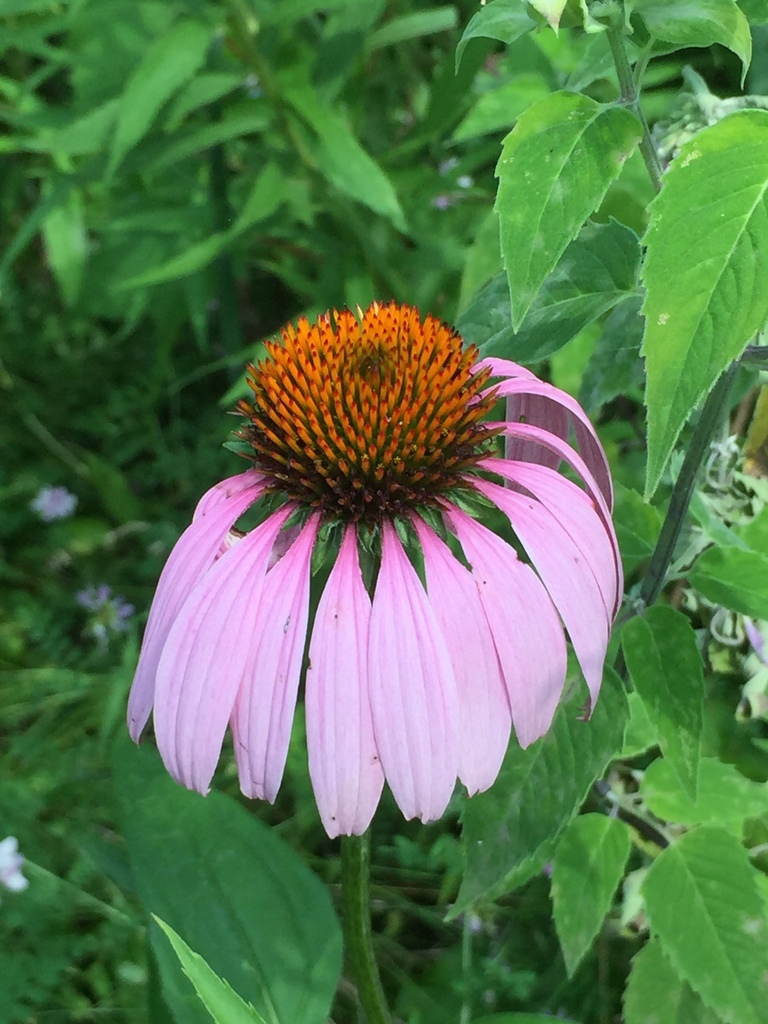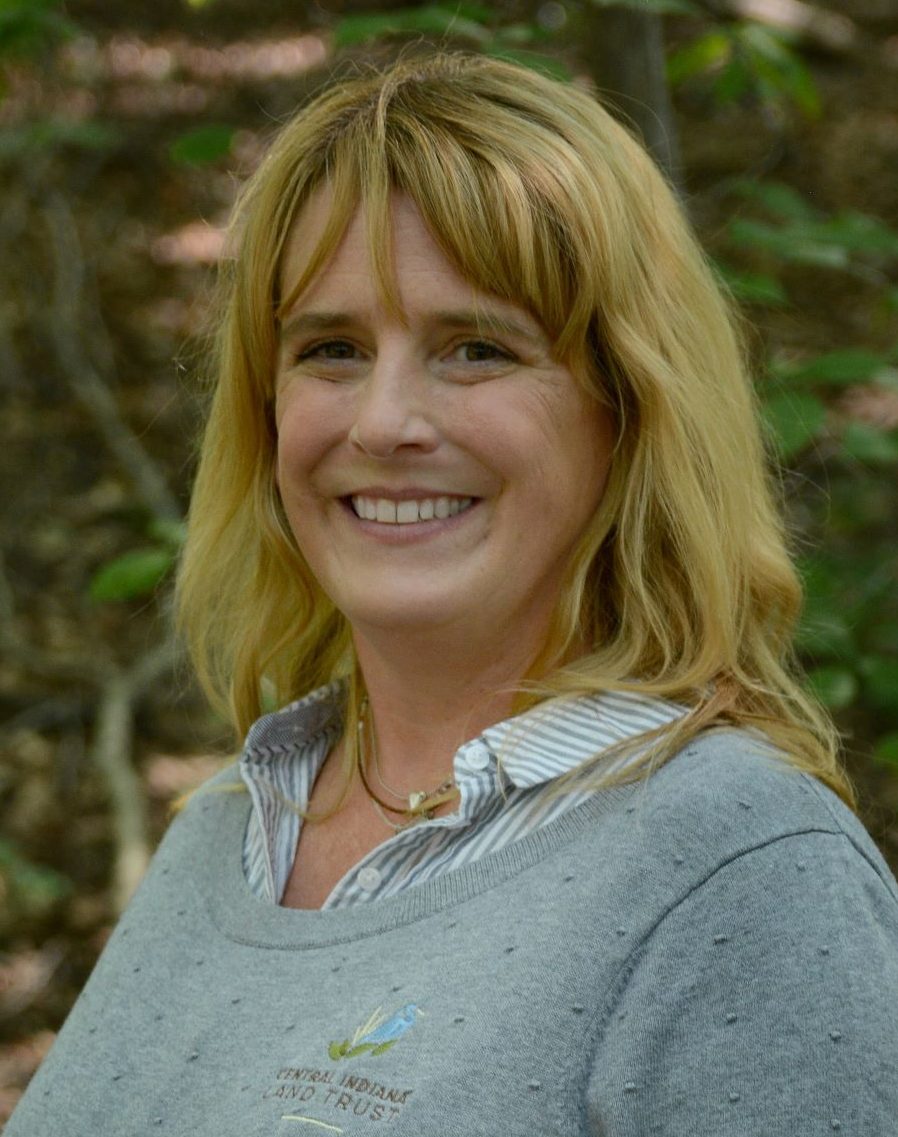Our spring newsmagazine featured Cliff’s top ten hidden gems of birding. Here is the seventh of a blog series on these birds, by guest blogger Ed Pope.
The dickcissel, slightly larger than a song sparrow, looks much like a miniature meadowlark. This grassland bird breeds in the Great Plains and the Midwest of North America. In winter they migrate to Mexico, Central America and the northern parts of Venezuela and Colombia.

Ed Pope
Guest Blogger




